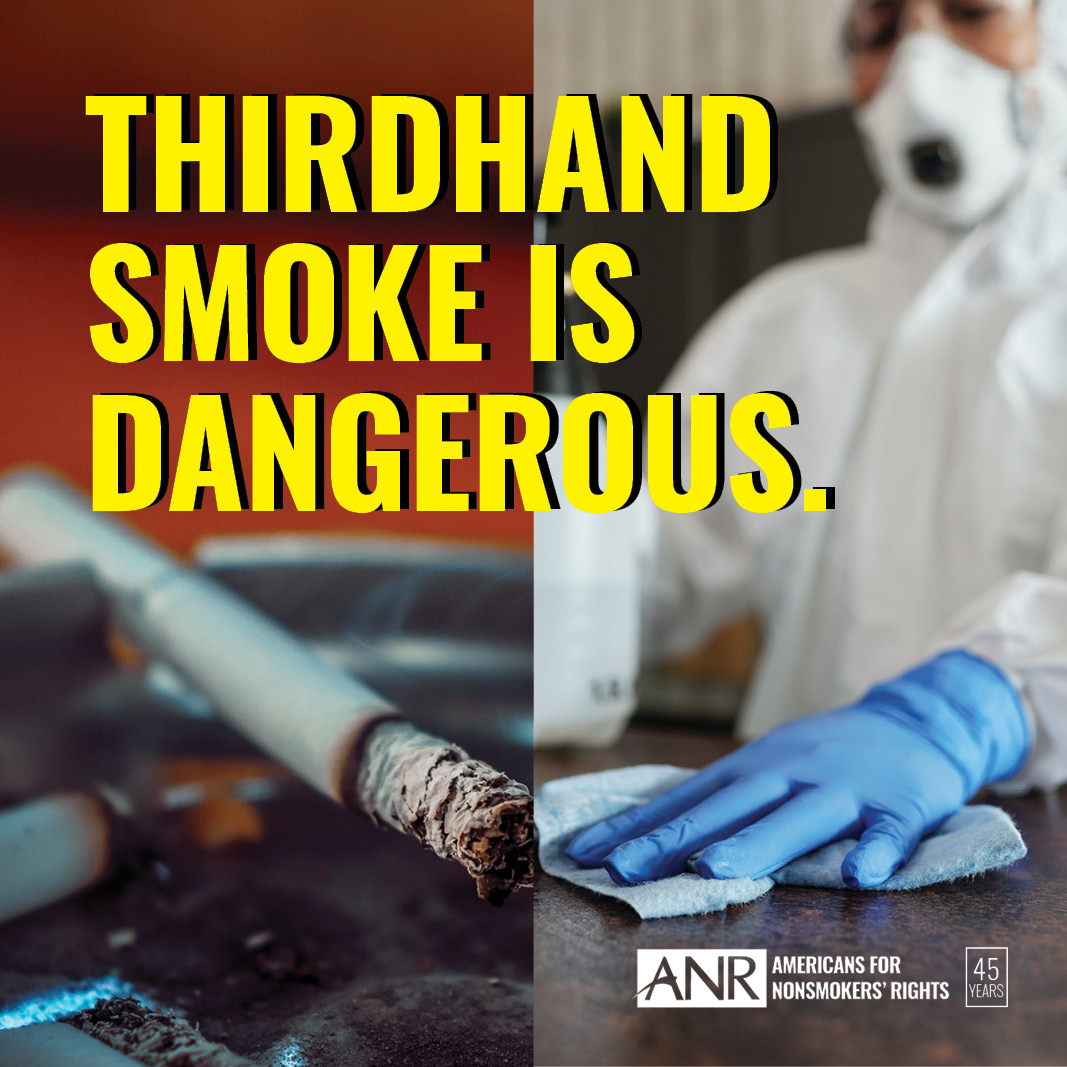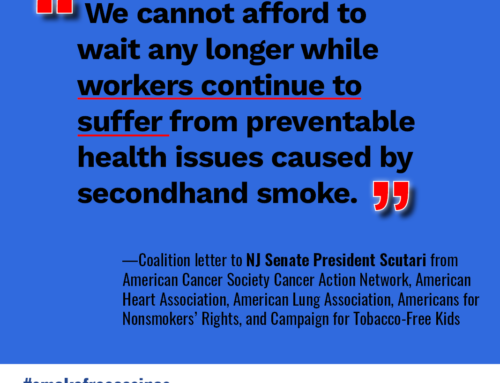Indoor Smoking Leaves Behind Toxins in the Air and on Surfaces
Are you looking for help with a house that smells like tobacco smoke? Maybe you are looking to buy a home where someone who smoked once lived. Perhaps you live with someone who smokes and are wondering how to protect yourself from toxins. Or maybe you are planning on visiting the house of a friend or family member who smokes and want to know how to avoid any exposure to the chemicals present in secondhand and thirdhand tobacco and cannabis smoke.
Secondhand Smoke
If you are living with a person who smokes, or are visiting a home where a person who smokes currently lives, we encourage you to learn about the dangers of secondhand smoke and thirdhand smoke. Secondhand smoke is the smoke that comes from the end of a burning tobacco cigarette or marijuana joint, and is also the smoke exhaled by someone in the act of smoking. We all know that smoking causes many health problems, but did you know that breathing secondhand smoke is also detrimental to the health of the person being exposed to it? Learn more about the risks of exposure here
Thirdhand Smoke
Thirdhand smoke is the toxic residue left behind from smoking and this can be a serious health hazard. Not only is this type of pollution very dangerous to the health of both humans and animals, but it is also incredibly difficult to clean and remove from homes.
When visiting or living in a home that has been smoked in, you may notice that the smoke odor lingers and leaves a yellowish brown tint on the walls and objects from nicotine and tar in the tobacco products—and this evidence of tobacco smoke can be found even after the smoker has moved out. These smells and stains associated with smoking are all considered thirdhand smoke.
Not only is thirdhand smoke a strong and offensive odor, but it also indicates the presence of tobacco toxins, which contain carcinogens and heavy metals. These carcinogens from tobacco smoke are absorbed into carpets, curtains, and furniture; even clinging to walls and ceilings, and then are released back into the air. These chemicals are known to cause cancer as well as respiratory illnesses in people and pets.
The residue left behind from tobacco smoke is sticky and difficult to clean. Owners of living spaces where smoking has been present are often faced with expensive property damage as a result of smoking indoors. If you are visiting or moving into a home where a smoker lives or used to live, we provide resources below for how to handle the situation and make sure the property has been sufficiently cleaned of the thirdhand smoke before entering.
Whether you have been living with someone who smokes, are looking to buy a house or apartment where people have smoked indoors, or are seeking advice for a home that smells like tobacco smoke, we hope that you are able to protect yourself and your loved ones from the dangerous effects of second and thirdhand smoke of any kind. Properly cleaning and renovating a home that has been smoked in—or avoiding spending time inside the home altogether—are options to make sure that your health is not negatively affected by the toxins left behind from tobacco or marijuana smoke.
Resources
Read more about how thirdhand smoke harms people even after the smoking stops.
This fact sheet provides more detailed information on the issue of thirdhand smoke in both apartments and condos.
Research
These studies provide proof that thirdhand smoke is not only filled with dangerous chemicals that are poisonous to humans, but that the smoking residue is also difficult to clean from common fabrics and surfaces.
Research from International Journal of Environmental Research and Public Health shares how “Thirdhand smoke (THS) is an environmental contaminant that may cause adverse health effects in smokers and nonsmokers”. The authors conducted research on how to measure thirdhand smoke contamination in common household fabrics, and their results “provide a simple, rapid method to assess THS contaminants in household fabrics and further show that THS extraction is influenced by fabric type, heat, and humidity”.
Adhesion and removal of thirdhand smoke from indoor fabrics: a method for rapid assessment and identification of chemical repositories
Adhesion and Removal of Thirdhand Smoke from Indoor Fabrics: A Method for Rapid Assessment and Identification of Chemical Repositories
Pozuelos, G.L.; Jacob, III, P.; Schick, S.F.; Omaiye, E.E.; Talbot, P., “Adhesion and removal of thirdhand smoke from indoor fabrics: a method for rapid assessment and identification of chemical repositories,” International Journal of Environmental Research and Public Health 18(7): 3592, March 30, 2021.
This study examined Exposure and Remediation of Thirdhand Smoke. The data showed that “under controlled laboratory conditions fabrics exposed to cigarette smoke retain significant concentrations of THS chemicals long after smoking has ceased.”
Thirdhand cigarette smoke: factors affecting exposure and remediation
Thirdhand Cigarette Smoke: Factors Affecting Exposure and Remediation
Bahl, V.; Jacob, P.; Havel, C.; Schick, S.F.; Talbot, P., “Thirdhand cigarette smoke: factors affecting exposure and remediation,” PLoS One 9(10): e108258, October 6, 2014.
Thirdhand Smoke Resource Center
For even more information and research on thirdhand smoke, we recommend checking out the Thirdhand Smoke Resource Center‘s website.
The site also contains an extensive resources page with information on thirdhand smoke, including answers to frequently asked questions:
You may also wish to visit their page that answers the question, “How can I remove thirdhand smoke from my home?”






